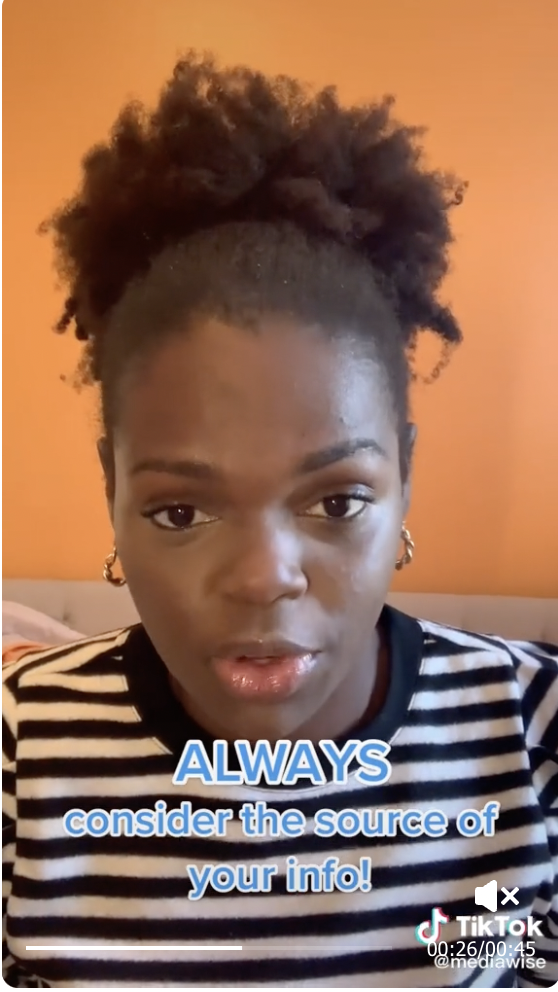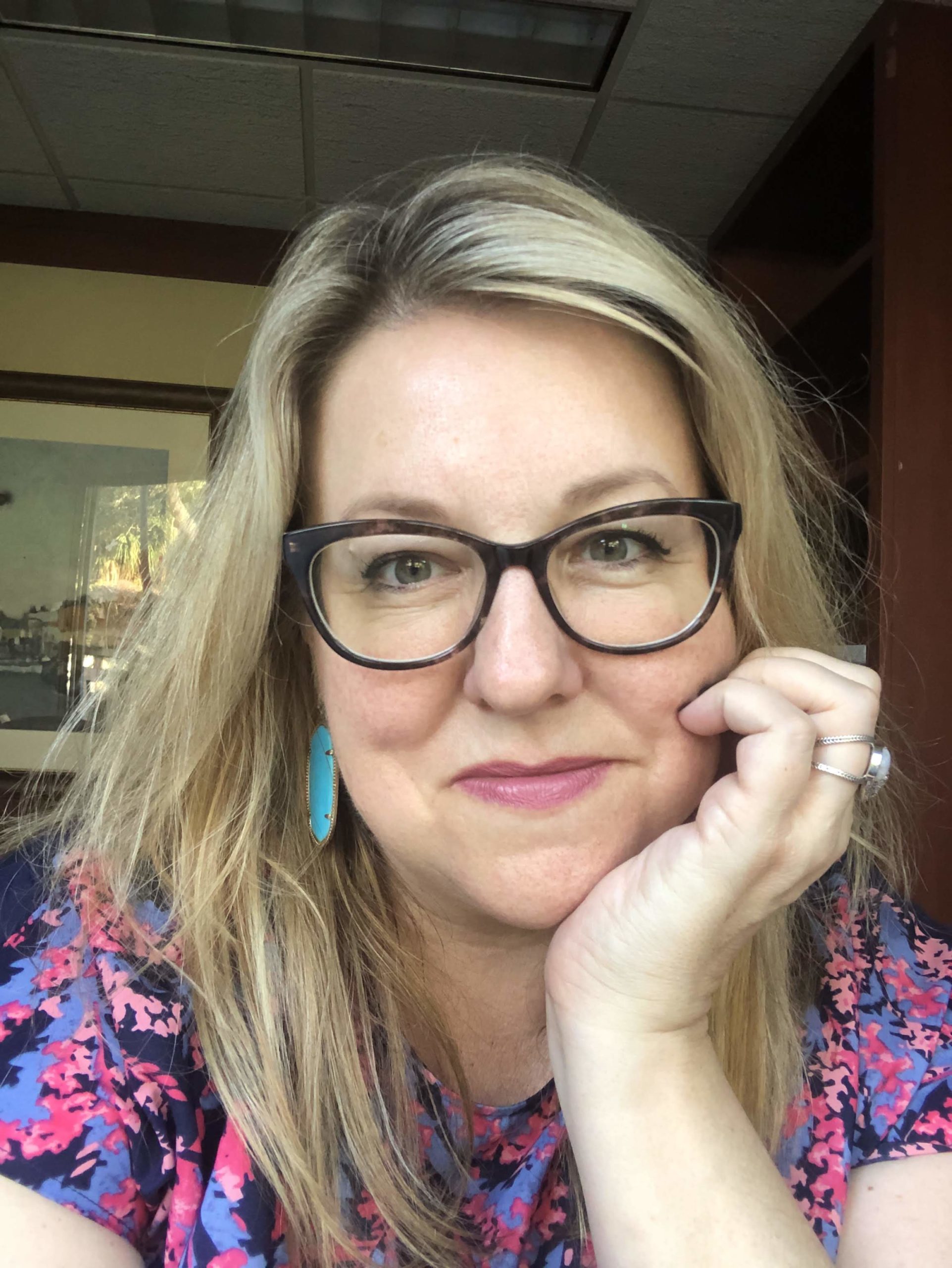Welcome to 2022!
First, a sincere and heartfelt thank you to the folks who took my survey before the break. I read every word and found your insight to be incredibly helpful. I am committed to applying the data gathered to create an even better newsletter for you!
I want to get right to all the news, but here’s my most recent roundup for those of you looking for some resources to finish building out your spring course outline (because we suspect that perhaps, maybe, possibly … students aren’t really reading the syllabus).
News of note

Well, journalism Twitter was on fire over this tweet. It does bring up an interesting point — when it comes to writing, what do you teach about recording interviews, but also structure, speed and accuracy? Do your students discern a difference in their own writing when they use a recorded interview vs. writing notes? I know my stories can get kind of quote-transition, quote-transition-y when I rely too heavily on a recording. Finally, do they know about Otter.ai (with a free and paid version)? Does your school offer any kind of bulk purchase of this very useful tool?
My colleague Al Tompkins put together 10 days worth of columns on strengthening broadcast writing. You can read the summaries for all 10 here and click through to whichever ones might be helpful. (And while they are specifically written for broadcast, I found them illuminating and useful for all journalists — see more on this below.)
For the FOIA nerds among us (including me) here’s the latest from Frank LoMonte: “Copyright Versus the Right to Copy: The Civic Danger of Allowing Intellectual Property Law to Override State Freedom of Information Law.”
This came out in December but I missed it: “When Professors Offend Students — Classroom norms are changing. Where’s the line, and who decides?”
Oh ffs. “Howard, Spelman among HBCU campuses targeted in bomb threats.”
Poynter headlines
I’m always up to hear pitches from professors, advisers and students about the most pressing issues facing journalism in higher education. Here are two such pieces that ran last week.
- How we got from there to here and what comes hereafter (Mickey Bugeja, Iowa State University)
- These journalism grads chose freelance over full-time work. Here’s why. (Jacqueline Marino, Kent State University)
What’s going on in higher ed
- Dealing With COVID-19, in January (Inside Higher Ed)
- Ex-Michigan State University president won’t face trial for alleged lies in Nassar investigation (MLive)
- As Omicron Looms, These Colleges Will Start Their January Classes Online (Chronicle of Higher Education)
- Most Colleges Resume In-Person Classes (Inside Higher Ed)
Great journalism to share with your students
- Documents Reveal Basic Flaws in Pentagon Dismissals of Civilian Casualty Claims (New York Times)
- The secret MVP of sports? The port-a-potty (ESPN)
- Remembering KCRA photojournalist Will Heryford (KCRA — Stockton, California)
Diversity, equity and inclusion
- The Power of Reclaiming My Asian Name | Like many Asian Americans, I have long spurned my full name. A wave of racism made me say: No more. (Washington Post)
- Whetstone, the largest Black-owned food magazine in the U.S., aims to change things in food reporting (CJR)
- Who Gets to Investigate? How Reporters of Color are Shut Out of Investigative Journalism (Study Hall)
- NPR is losing some of its Black and Latino hosts. Colleagues see a larger crisis. (Washington Post)
Internship database
This week, we’re featuring The Buffalo News in Buffalo, New York, which is looking for “reporting interns for a paid 10-week internship in the summer of 2022. This is a unique opportunity for motivated students or early-career journalists to gain hands-on, frontline experience working in one of New York state’s most fascinating markets. The position offers a rigorous learning experience and in-depth exposure to the field of daily journalism. We treat our interns as full-fledged staff reporters and expect them to end the summer with clips, including front-page clips, that they’re proud of.”
See all of our listings here.
This week in fact checking

Screenshot
As misinformation about the Jan. 6 insurrection continues to spread even a year after the attack, here’s a helpful TikTok from the MediaWise team that you can show your classes to help them spot online falsehoods.
Lessons learned

Poynter senior faculty Al Tompkins shows a class how to operate a drone. (Courtesy photo)
I’m going to cheat this week in this section, where we’ll showcase one journalism educator’s tip, trick, hack, technique, advice, assignment, recipe … I am adding this after reading your survey feedback (but I didn’t react fast enough to solicit one of you for this week’s newsletter).
As I noted above, Poynter senior faculty Al Tompkins wrote 10 different pieces designed to help broadcasters strengthen their writing.
If you’ve ever been lucky enough to see Al in action, you know he’s an incredible teacher. Here’s one of his pieces of advice from “To tell stronger stories, use objective copy and subjective sound” that really resonated with me:
“Look carefully at those sound bites. What do you notice? None of the bites contain facts. They are opinions, emotions and observations from the people who are closest to the story. Nobody else could have said what those people said with the same authenticity. Be careful, though: Don’t fall in love with a sound bite. If it does not relate to the main meaning of the story, drop it. Focus matters more than a sound bite.”
(If you’d like to be featured in this section, please email me at ballen@poynter.org. Be prepared to send a blurb, a photo and pertinent links.)
The Lead
The Lead will return to inboxes later in January, but editor Taylor Blatchford is looking for submissions for the 2022 calendar year from student journalists. Do you or one of your students have a great story with powerful takeaways for the classroom or student media you’d like to share? Click the link for information on how to submit your idea.
One last thing 

The Hollywood sign in Los Angeles. I can see this from my place! (AP Photo/Chris Pizzello)
I’m in Los Angeles for the coming weeks, so if you’re a professor at an LA or LA-adjacent school, let me know and maybe I can come visit your campus! (Assuming we actually end up back on campuses this semester. Eep!)
If you can’t have me out for a visit, then just use this lesson from the internet. NSFW or children, but will definitely give us gutter-minded grammar nerds a chuckle.
Resources for Journalists
- Internship Database — Explore now — Powered by Poynter
- Language, Math and News Literacy Certificate (Webinar series) Start anytime
- Understanding Title IX — Create unique reporting around your school’s cases and institutional practices — Start anytime!







